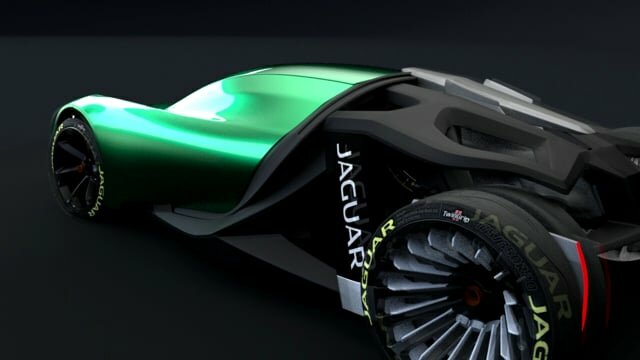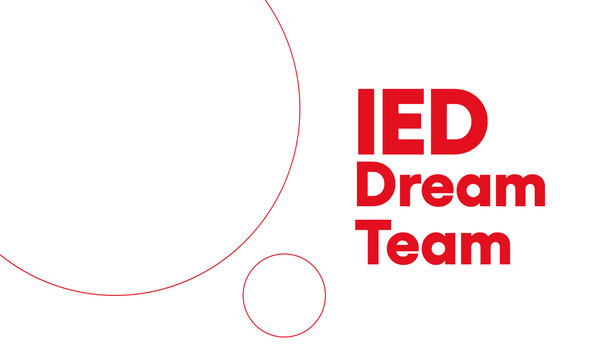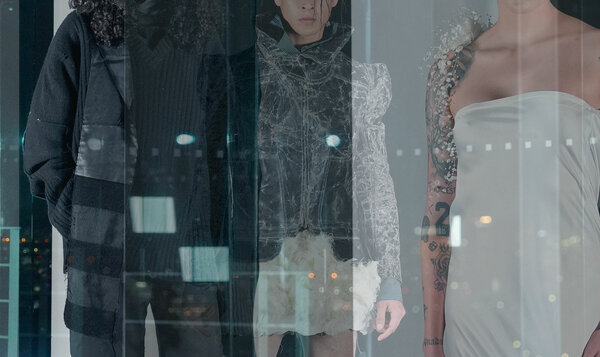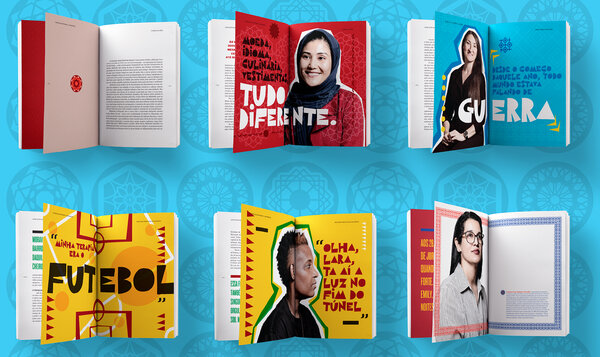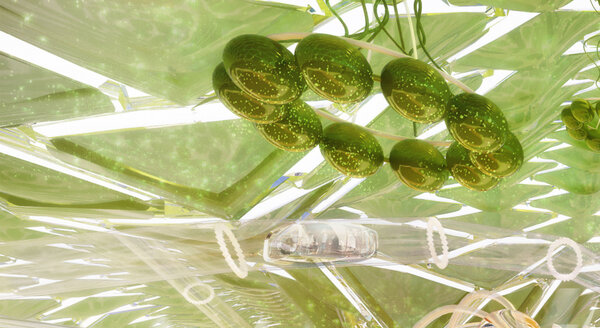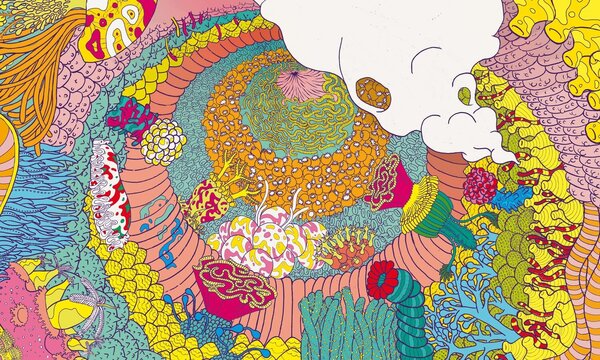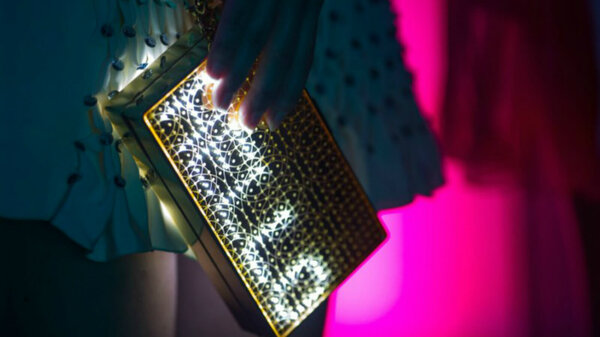After their studies at IED São Paulo, Kleber Terradas and Tarcísio Nogueira, Brazilian designers, were successful in the automotive sector. Today, they work in China for the Yanfeng studio, collaborating with various car manufacturers on different projects.
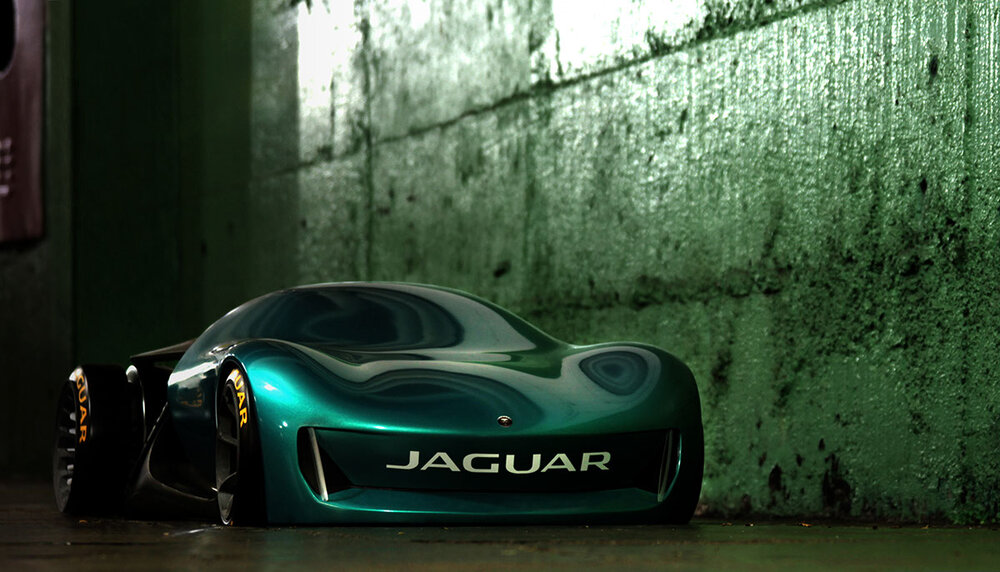
Kleber Terradas and Tarcísio Nogueira: car designers from IED São Paulo go to China
Date
01 July 2019
Given their similar paths (they both benefited from childhoods marked by creativity, freedom and inventiveness), it was natural for Kleber Terradas and Tarcísio Nogueira to pursue their desire to produce objects and conceive new expressive possibilities through their degree course in Product Design, a meeting and starting point for automotive design.
Fascinated by the transformation and materialisation of words into shapes, during his penultimate year at university, Kleber Terradas was introduced to two former students of IED São Paulo who now work as designers in the automotive sector, Pedro Guarinon, of Ford Australia, and Fernando Morita, senior designer at Ford Bahia and coordinator of the One Year em Automotive Design course, who encouraged him to take his first course dedicated to this sector. This experience allowed him to delve deeper into conceptualising and producing cars and to understand that only a few excellences, working at a high level, can compete for the few places available.
Although he did not imagine that he would be able to work in this professional field, Kleber kept in touch with people within it. A chat with Adriano Pellegrini of IED São Paulo, combined with great effort and dedication, was enough for him to become part of this universe through his old postgraduate course in Transportation Design, now renamed One Year em Automotive Design.
Tarcísio Nogueira, for his part, saw his passion for cars grow during his degree course at the University of Franca, where he was able to start - and put on the city’s calendar - the soap box competition. Tarcísio was introduced to IED by his tutor, who considered our institute as the best gateway for automotive professionals, and three years after graduation he moved to São Paulo, where he enrolled in the same postgraduate course as Kleber Terradas.
“It was two years of intense study”, says Tarcísio, who presented his thesis at Jaguar seat following an unprecedented partnership between IED and the British car manufacturer.
In addition to the “reprimands” and teachings of designers such as Arthur Martins (VW, GM, PSA, Faraday Future and EVelozcity), Daniel Nozaki (VW, Ford, GM and PSA Group), Fernando Morita and Guilherme Vittori (Amoritz GT), Kleber recalls the partnership between IED and Mercedes Benz. He was chosen as the author of the best design, and this collaboration allowed him to work for six months in the company’s atelier, where he met his idol, the designer Maurício Cavalheiro, and collaborated on a series of projects, some of which have already been launched on the market.
In 2016, while working on a partnership with FIAT at Morita’s invitation to develop the perfect car for the city of São Paulo in 2026, Tarcísio and Kleber returned to IED’s Lab automotivo (the automotive laboratory), where they were offered a new opportunity: working in Shanghai, China.
“It is nice to think how important it was to have come through IED: it opened a door for us to the other side of the world”.
Together with four hundred professionals, including designers and engineers, IED São Paulo’s automotive designers now provide services to several car manufacturers through the independent studio Yanfeng.
“It is nice to arrive here and see that several Brazilian designers, such as Fernando Morita, Arthur Martins, Pedro Guarinon and Milton Tanabe, are also a reference for the Chinese people”, says Tarcísio. “We are already at work on several projects, such as pick-ups, SUVs, Hatch, keycars, light and heavy trucks, among others, and we do not intend to stop here”.
“The months here have been fantastic, the projects are great, and there are opportunities, doors opening, (...) lots of possibilities in the automotive industry”, Kleber writes to us from the other side of the world in the early morning hours. “They use a lot of foreign intellectual labour here, and all car manufacturers have their seats here. What will the future of transport look like? That is the question the Chinese people want to answer”.
Author: Amanda Obara
